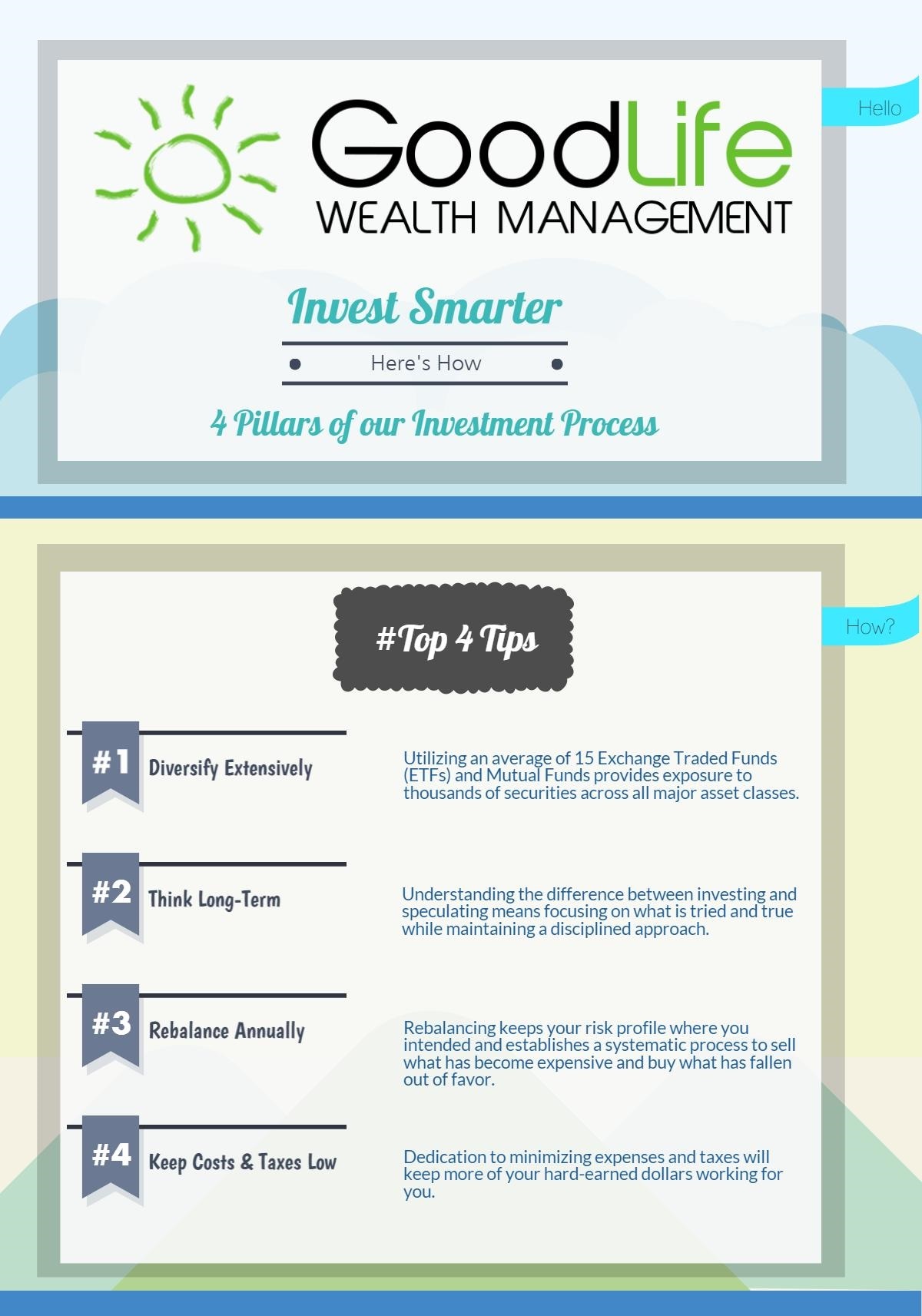We just finished the third quarter this week and it was a tough one. The market struggled to make new highs all year before it finally ran out of steam during the week ending August 21. The S&P 500 Index traded above 2100 in July, but dropped roughly 10% to 1920 to close the quarter on September 30. Year to date, the index is down 6.75%.
While it was a disappointing quarter, we should remember that we’ve had an exceptionally long run without a correction of any size. Still, no one likes to open their quarterly statements and see that their accounts are down.
One of the myths of active fund management is that managers are able to add value during corrections through their defensive strategies. At least, that’s what we’re told when they lag during a bull market. So how did actively managed funds fare during the third quarter?
According to a report this week by JPMorgan, 67% of active funds performed worse than their benchmark in Q3. Half of those funds (34%) lagged their benchmark by at least 2.50%.
The long-term picture is even worse for active management. The Standard & Poors Index Versus Active (SPIVA) Scorecard was recently updated with data through June 30, 2015. They found that over the past 10 years, 79.59% of all Large Cap funds were outperformed by the S&P 500 Index. Over this period, the index produced an annualized return of 7.89%, versus 7.03% for the average large cap fund.
If you are still using actively managed mutual funds, chances are good that 1) your Q3 returns are even uglier than the overall market, and 2) your long-term performance has suffered significantly. That’s why we use Index Exchange Traded Funds (ETFs) as the core positions in our model portfolios. Investing in an index doesn’t mean “settling” for average returns, it has actually been the most likely and consistent way to ensure your performance is better than the average active fund.
If that isn’t enough to get you to trade in your mutual funds for an ETF portfolio, then read this article from Morningstar on mutual fund capital gains. Morningstar notes that after a 6-year rally, many mutual funds have used up their tax losses and are increasingly likely to distribute capital gains to fund shareholders at the end of this year. If this quarter’s drop causes a large outflow of capital, active fund managers will be forced to liquidate positions, creating a tax bill for the shareholders who remain in December.
It’s entirely possible for an actively managed mutual fund to be down for the year and still create capital gains for shareholders, due to trading within the portfolio. We haven’t seen this scenario in a number of years, but it looks like a distinct possibility for 2015. Index ETFs on the other hand, are extremely tax-efficient; it is quite rare for an equity index ETF to distribute capital gains, thanks to their unique structure.
If you’re a client, thank you for sticking with the plan when the market is down. We know it is frustrating. Corrections are a natural and inevitable part of the market cycle. You can take solace knowing that our Index ETF approach is demonstrating its merit both in its relative performance in Q3 and in its long-term outperformance over actively managed funds.
If you’re not currently a client, please give me a call and we can discuss how our disciplined portfolio management process can help you accomplish your financial goals. While we can’t control what the market is going to do, we can benefit greatly by focusing on what we can control, including tax efficiency, minimizing expenses, diversification, and using a time-tested index methodology.













